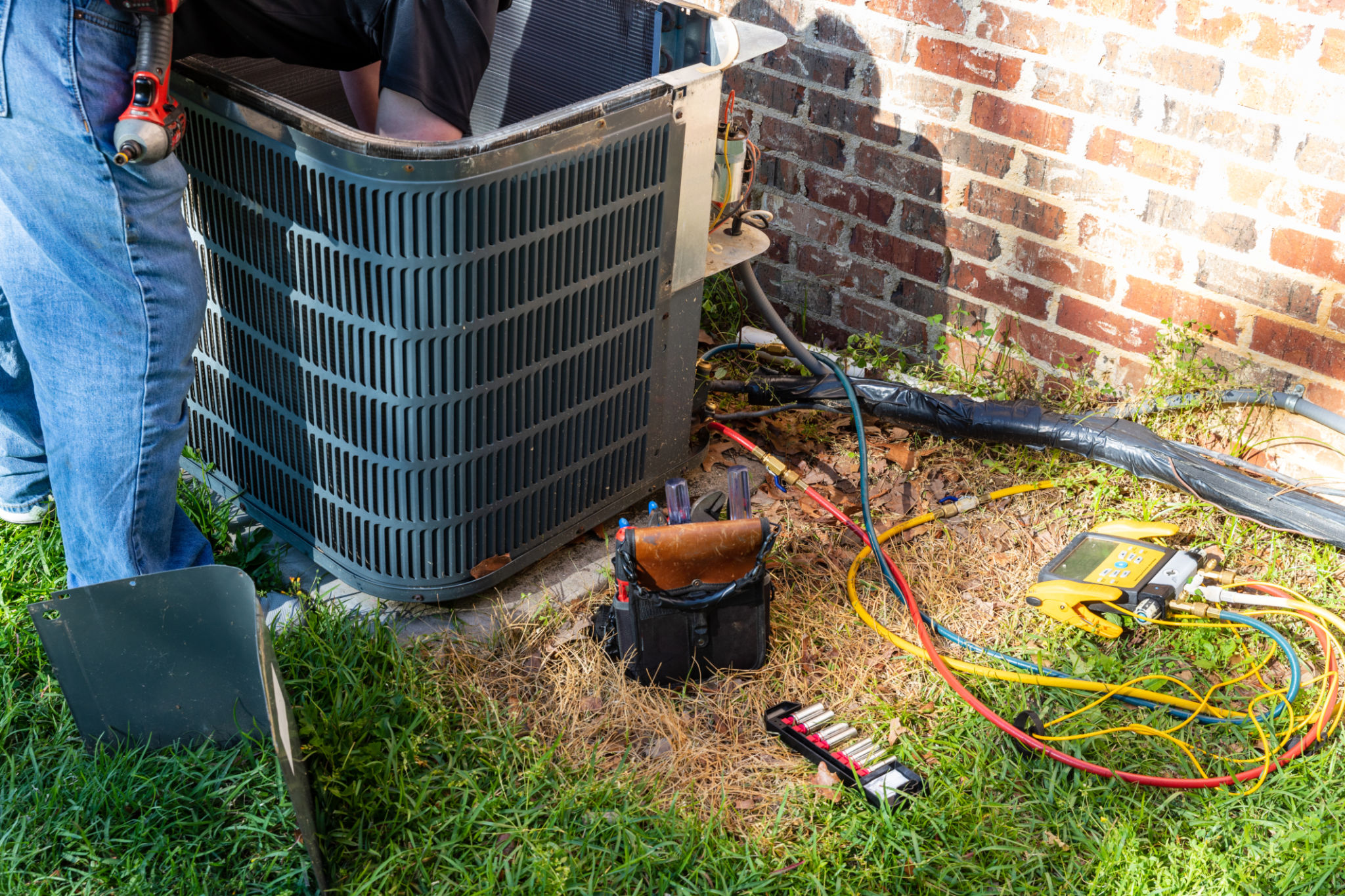The Impact of Western Australia's Climate on Air Conditioning Efficiency
Understanding Western Australia's Climate
Western Australia is known for its diverse climate, ranging from Mediterranean conditions in the southwest to arid and semi-arid climates in the interior. This variation in climate has a significant impact on the efficiency of air conditioning systems in the region. The combination of high temperatures and humidity levels can create a challenging environment for maintaining indoor comfort.
The coastal areas, such as Perth, experience hot, dry summers and mild, wet winters. Meanwhile, the northern part of the state faces tropical conditions with a distinct wet and dry season. These climatic differences require air conditioning systems to be adaptable and efficient to ensure year-round comfort.

The Role of Temperature Variations
In Western Australia, temperature fluctuations can be extreme, especially in the interior regions. During summer, temperatures can soar well above 40°C, placing a heavy burden on air conditioning units. These systems must work harder to cool indoor environments, leading to increased energy consumption and operational costs.
Efficiency becomes a critical factor during these peak periods. Air conditioning systems that are not properly maintained or are outdated may struggle to keep up with demand, resulting in decreased performance and higher electricity bills. Therefore, regular maintenance and upgrades are essential to ensure optimal efficiency.

Humidity and Its Influence
Humidity is another crucial factor affecting air conditioning efficiency in Western Australia. In coastal areas, where humidity levels can rise significantly during the summer months, air conditioning systems need to work harder to remove moisture from the air. This additional workload can lead to reduced efficiency and increased wear and tear on the system.
To combat humidity issues, it's important to invest in air conditioning units that are designed to handle high moisture levels. Systems with dehumidification capabilities can improve indoor air quality and enhance overall comfort by reducing humidity effectively.
Energy Efficiency and Sustainability
Given the environmental challenges posed by Western Australia's climate, energy efficiency is a key consideration for homeowners and businesses alike. Investing in energy-efficient air conditioning systems can help reduce electricity consumption and lower carbon footprints. Modern units are equipped with features such as inverter technology, which adjusts the compressor speed based on cooling demands, resulting in energy savings.

Moreover, sustainable practices such as using solar power to run air conditioning systems can further enhance efficiency while reducing reliance on traditional energy sources. This not only helps in cutting down utility costs but also contributes positively to environmental conservation efforts.
Maintenance Tips for Maximum Efficiency
To ensure that air conditioning systems in Western Australia operate at peak efficiency, regular maintenance is crucial. Here are some tips to keep your system running smoothly:
- Regularly clean or replace air filters to ensure optimal airflow.
- Inspect and clean condenser coils to prevent dust and debris buildup.
- Schedule professional maintenance checks at least once a year.
- Keep the outdoor unit clear of obstructions for better performance.
By following these simple maintenance practices, homeowners can extend the lifespan of their air conditioning units while maintaining energy efficiency.

Conclusion
The impact of Western Australia's climate on air conditioning efficiency cannot be overstated. The region's diverse weather conditions demand adaptable and efficient systems capable of handling extreme temperatures and humidity levels. By investing in modern, energy-efficient units and adhering to regular maintenance practices, residents can enjoy comfortable indoor environments while minimizing energy consumption and costs. As climate patterns continue to shift, staying informed about how these changes affect air conditioning needs will be crucial for ensuring long-term comfort and sustainability.